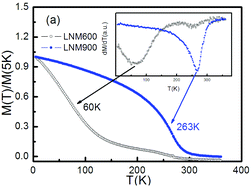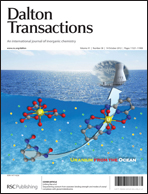Synthesis and characterization of ordered and disordered polycrystalline La2NiMnO6 thin films by sol–gel†
Abstract
Polycrystalline La2NiMnO6 thin films are prepared on Pt/Ti/SiO2/Si substrates by the sol–gel method. Through controlling the processing parameters, the


 Please wait while we load your content...
Please wait while we load your content...